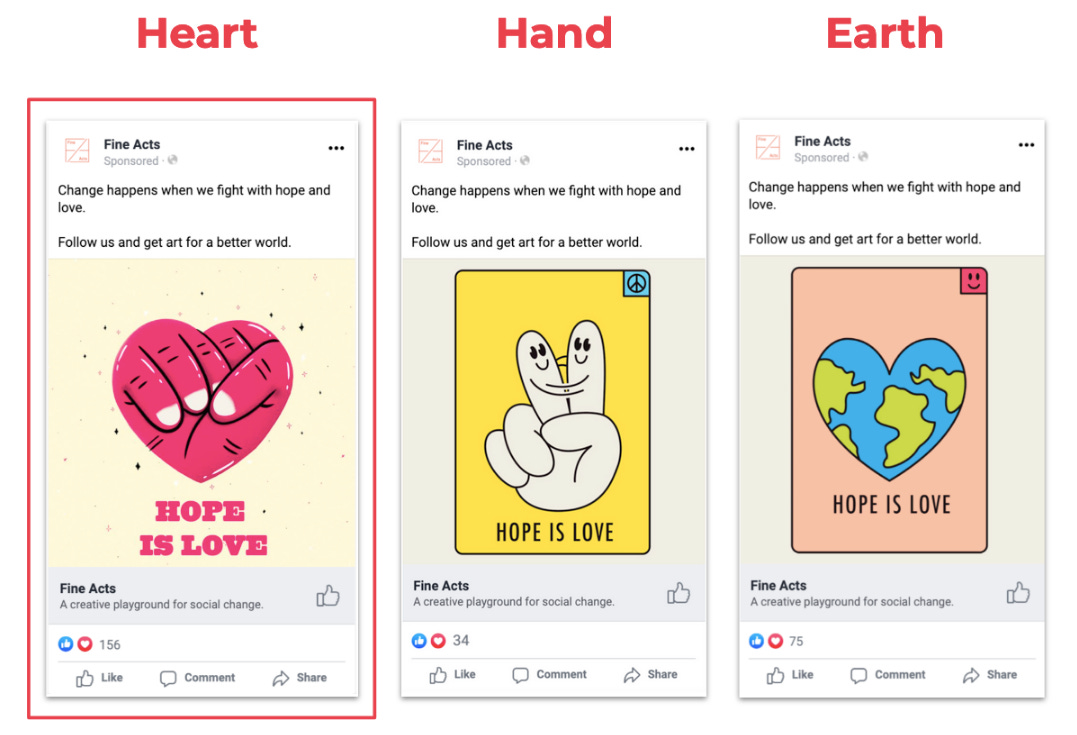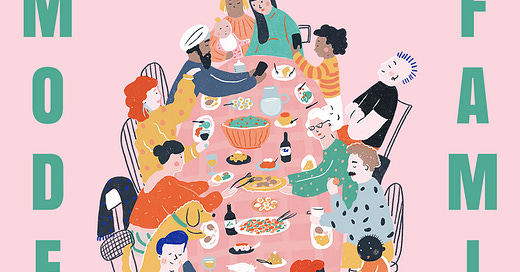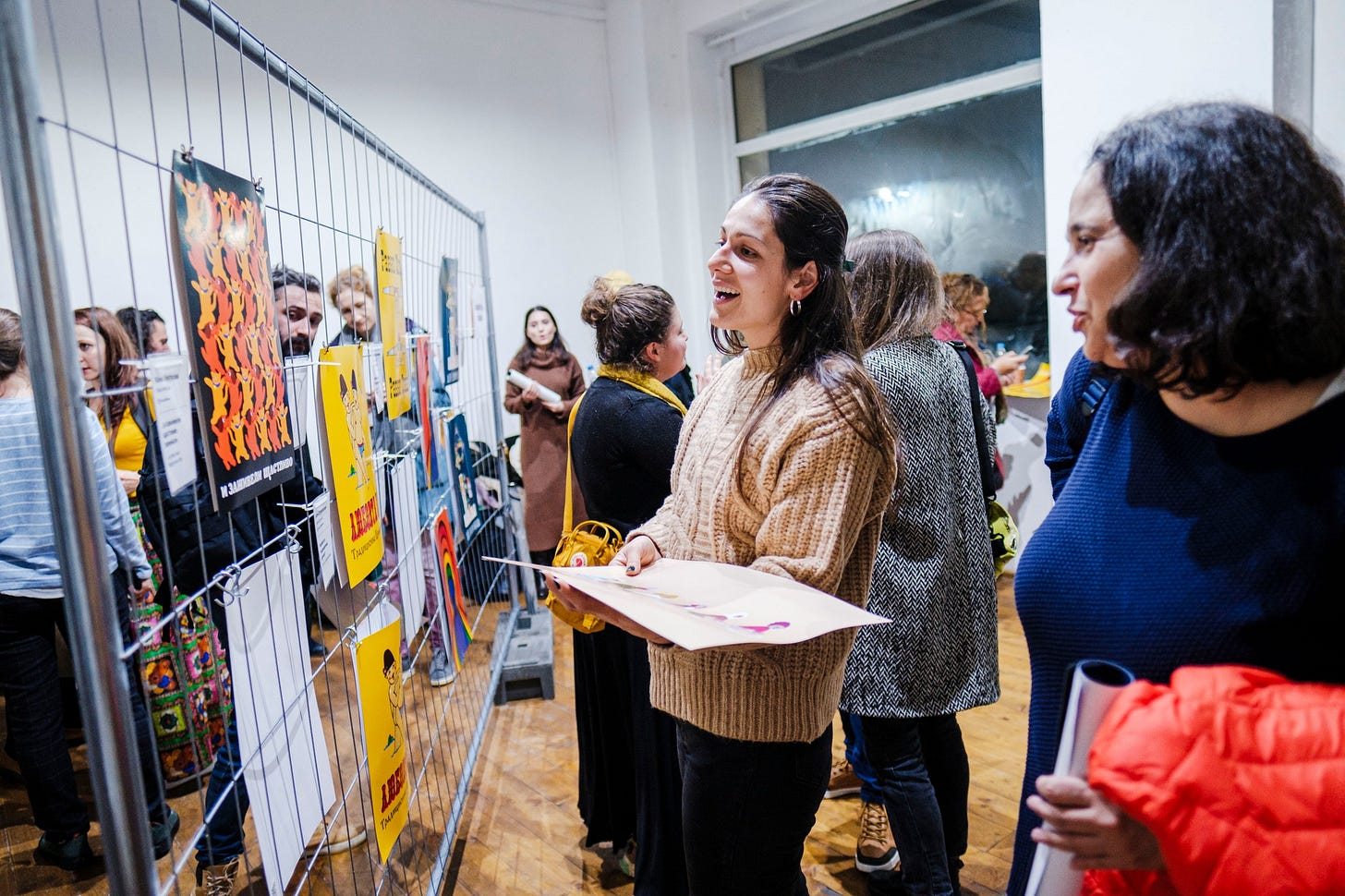I was at Fine Acts' Creative Activist Summit in Sofia last week, so let’s talk about the importance of visualising the change we want to see.
Don’t forget to sign up for the next edition of the Activist Book Club, where we are talking about the role of humour and comedy in social change. We have a range of podcasts, videos, and articles this month, so it's an easy one to join. And don’t forget to share this post with one art lover you know.
The importance of ‘seeing’ hope
A few weeks ago, I wrote a “Puentes issue” in which I said that building narrative power is about putting out our ways of thinking and seeing things. Here is a “Fine Acts” issue on the “seeing” part.
Fine Acts is a crucial new kind of activism group: a global creative studio that connects the worlds of social change and culture, driven by the importance of art and play (see founder Yana’s Ted Talk on playtivism).
Their work is rooted in hope, joy, and openness and spreads an incredible range of media: from public art interventions, through videos, installations, books, board games, and illustrations, to experimental formats.
What I personally realised working with Fine Acts is the need to spread out values through all these different forms to make our them more salient in people’s lives - both in terms of volume and emotional resonance.
Spreading new ways of seeing — the role of content labs in narrative change
This Friday, Fine Acts hosted an event called “Traditional Values” in an art gallery in Sofia. From the outside, it looked like a typical art exhibition, but it turned out to be a pop-up physical content lab!
Underneath every work were printed copies for guests to take with them. This is how we should think of all communication: it is not just about displaying our ideas, but also about getting people to take our ideas with them and share them with others.
One of Fine Acts’ signature formats is SPRINTS, creative boot camps where visual artists are briefed by experts and then have just a couple of days to produce their hope-based works. The visuals are then showcased in pop-up exhibitions and featured on Fine Acts’ platform The Greats under an open licence, allowing free use and adaptation by activists and groups worldwide.

I was particularly struck by Milena Filipova’s work above, showing diversity around a dinner table. In our workshops, activists constantly evoke this idea when trying to visualise their belief in diverse societies open to people on the move. (See the other works here.)
This event is a simple example of the visual campaigning that social change movements need to adopt en masse to build their narrative power. We need to ensure a constant flow of engaging, visually pleasing, and stimulating content that resembles activists' social change values and ways of thinking.
For example, in this podcast, Andre Banks says the way to counter fake news is to have content labs working on making stories that tell the truth more engaging. Fake news has been able to spread because we left a gap in the public imagination for it to fill with unengaging, dry institutional communication.
Reimagining human rights
Together, we have already worked on a collection of hope-based artworks, and a series of works reimagining human rights. Artists worked on a brief based on ideas drawn by human rights activists in hope-based workshops.
The result was Seeing Hope: A Visual Guide for Communicating Human Rights. A collection of images that shows what it looks like to DO human rights. Showing what you stand for is a real struggle for many activists, which is why Fine Act’s work is so important. If we cannot visualise the change we want to see, how can our audience? And if they cannot see it, how can they ever support it?
As I wrote last week, because of the way the human brain works in the internet era, we have to show people the change we want to see, and we have to turn our ideas into images.
In the 20th century, social change communications relied on words to raise awareness. In the 21st century, it must learn to use imagery to change awareness.
Can you show what your hoped-for change looks like?
Here is why groups like Fine Acts and Puentes matter so much:
In a world where you can create almost anything using AI, narrative power lies with people who can muster creativity and imagination and use it to drive passionate support for their cause.
We need visual communication that can:
Make complex ideas make sense to people;
Offer new ways of seeing things, and through that, new ways of thinking;
Make people curious about and open to change;
Enable people to imagine other possible futures – by not simply reflecting on the current situation, or ‘what it is’, but by showing what it could be, and how we can get there;
Triggering a deeper set of reflective emotions that are linked to the behaviour we want, such as awe, admiration, transcedence, and hope. See for example this research showing that children feeling awe in an art gallery showing more generosity towards refugees.
Showing what change looks like
In hope-based workshops, we spend a lot of time translating contested concepts like justice and equality into more basic ideas. We ask them what picture we want to appear in the minds of our audience when they hear our values, our cause, or simply the name of our organization.
We also ask activists to draw what society would look like if social change happens. Around the world, they consistently come back to a set of themes: parks, community, dinner tables, people hugging or holding hands.
Naive? Cliché? That’s what I thought at first - I questioned the method. But then I realised that these are things we are working for: and they are just unfamiliar to us because we were afraid to talk about them, so we allow those images to remain distant from politics. If that is the world we want, we need to make it common sense through repetition that makes it familiar.

Last words on Fine Acts
Find out more about Fine Acts on their website and on instagram. They have already run projects visualizing causes like Ukraine, Europe, BLM, climate. If you are not sure what is the “picture in the mind” you want to communicate, I suggest you also commission them to do the same for your cause.
As sports psychologists will tell you, you have to visualise something before it can happen. In a world where AI generates almost anything based on what already exists, there is going to be more value than ever on being able to create new images that do not yet exist, that imagine a future with new things like gender equality and racial justice.
Next week I will write about the role of hope in responding to defeat, partly in response to the elections in Argentina.
Hopey, changey stuff
On the art theme…I randomly came across my favourite work of art in Porto last month: the Hope Hippo! I first saw it on my first date with my wife-to-be in 2005!! I immediatly loved the hippo’s perfectly serene and peaceful expression. Then the message: the artist has someone sit on the hippo, reading newspapers, blowing a whistle when they read about injustice, and discarding them around the hippo. For me, it is a reminder for us to maintain hope and determination, in the midst of overwhelming bad news.

By allora y calzadilla. Read more about it
Congrats to my former Amnesty colleague Ahmer Khan for winning the Martin Adler Photography Prize. I will always remember Ahmer’s work to tell humanising stories of Rohingya people who fled Myanmar at a time when we were first trying to shift from victim stories towards human stories - something he instantly understood and drove forward.
Quote of the week
One of the artists who contributed to the Fine Acts collection was Rimma Kwitka from Ukraine. I’m paraphrasing, but she explained her work by saying that
all of us hold stereotypes about others: It's our brain, if we see people, we see stereotypes. So we all need to look deeper. Every person is super different and super deep. We all just need to look deeper into everyone.
Events - sign up for the book club
The Activists Book Club will discuss hope and humor this November 23rd (11am CET), hosted by Massih Zekavat and Véronique Lerch. Sign up and find the reading here.
What's making us hopeful
These images of birds drinking at a pond in a forest gave me a deep sense of joy.
I can't remember who showed me this Instagram account offering a vulnerable new vision of masculinity, but as a fan of mountain streams, I like it.






